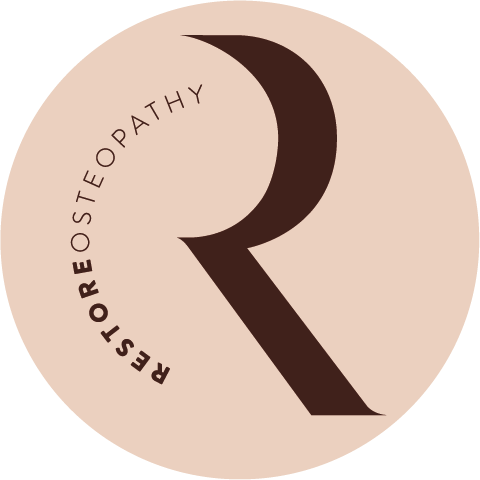How can an Osteopath help with Sciatica?
What is Sciatica?
Sciatica is the irritation, compression, pinching or inflammation of the sciatic nerve.
Signs & Symptoms of Sciatica
Pain in the lower back, buttocks or legs (which usually gets worse with sitting)
Tingling, pins and needles, burning or numbness in the buttocks or legs
Difficulty moving the leg
Muscle weakness
Muscle spasms
Altered gait
Increased pain when moving, sneezing or coughing
Not Sciatica: When to go to A&E
Sciatica down both legs
Weakness or numbness in both legs that is severe or getting worse
Numbness around the saddle region (genitals and anus)
Unable to control bowel and / or bladder
There are other reasons why patients may have these symptoms, but it is important that any patient with these symptoms seek a medical opinion.
Where is the sciatic nerve?
The sciatic nerve is the largest and longest nerve in the human body.
At its thickest point it's about as wide as an adult thumb.
The sciatic nerve starts from your lower back, runs through the gluteal region, under your hamstring to the back of your knee.
From here the sciatic nerve splits into two nerves and continues down the back and side of your calf to your foot.
What causes sciatica?
Sciatica is actually a symptom of an underlying problem, the most common causes include;
Disc bulge
Disc degeneration
Piriformis syndrome
Spinal stenosis
Spondylolisthesis
Direct trauma (car accident, fall or contact sports injury)
Endometriosis
Pregnancy and post-natal
Nerve damage from diabetes
Facet joint restriction or muscle tightness
How can an Osteopath help?
Identify the root cause, once this is identified we will have a better idea of what type of exercise rehab and treatment plan is needed
Identify muscle imbalances which muscles are overworking and which are underworking
Identify spinal postural issues, for example lumbar hyperlordosis can cause extra loading on the lumbar spine
Provide hands-on treatment to calm the nervous system the muscles and gently mobilise the joints
Go through a tailor made exercise rehabilitation plan and email it to you with videos and photos for you to follow
Provide lifestyle advice and a treatment plan to help you manage your symptoms at home and get you back to normal as soon as possible.
8 ways you can manage your sciatica symptoms at home:
Go on a short gentle walk
Practice breathing techniques to calm the nervous system and relax the body
Follow your exercise rehabilitation programme
Eat nutritious foods to promote tissue healing
Stay hydrated
Sleep on your side with a pillow between your knees or on your back with a pillow under your knees
Take regular breaks from sitting
Aim to reduce stress, reduce caffeine intake and avoid alcohol
If you have any other questions about sciatica or would like to speak to us before booking an appointment please email the clinic at info@restoreosteo.co.uk or call the clinic on 07712196105.



